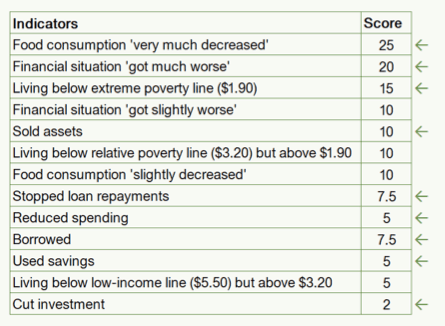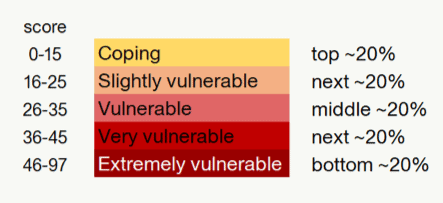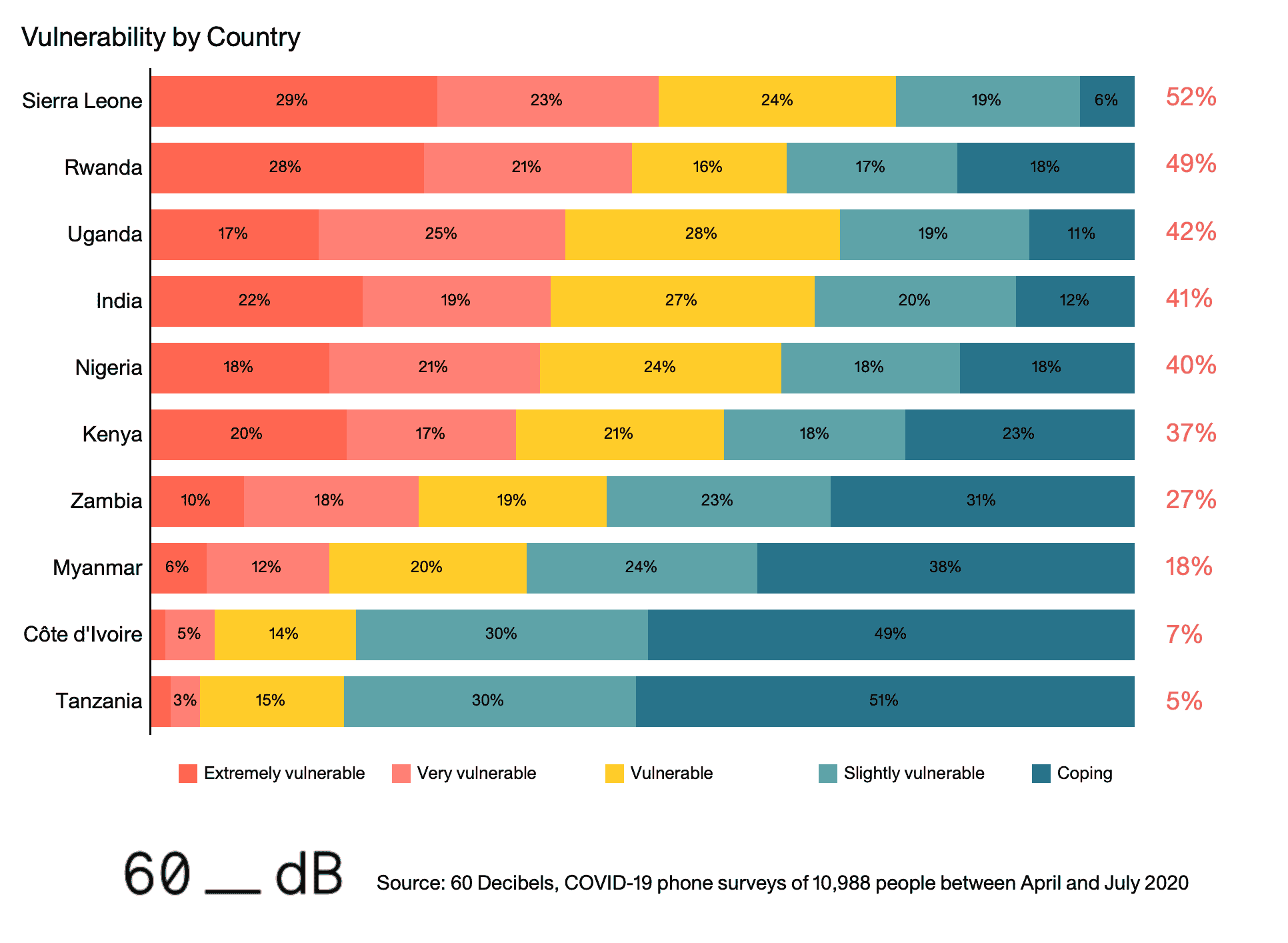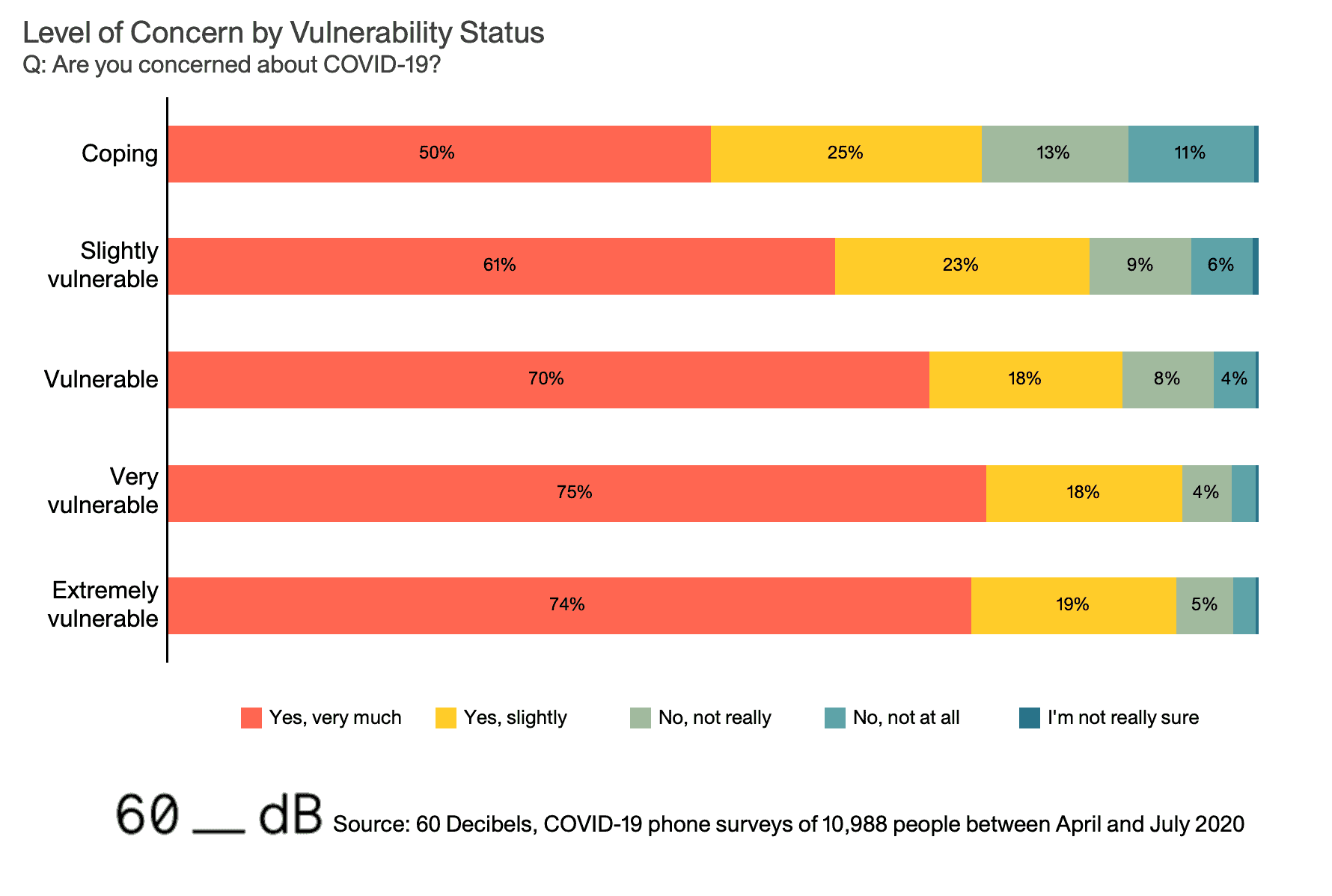A Pandemic Response Based on Listening: Leveraging Customer Interviews to Understand COVID-19’s Impact in the Developing World
As COVID-19 spread around the world early this year, there was a flurry of data coming out about the pandemic. Much of this data was about the spread of the disease, and how people were coping with economic lockdowns.
Understanding these impacts was and is an essential first step in developing appropriate responses to help people. The problem is, in the early days of COVID-19, nearly all the data about impact was being gathered via online surveys. This meant that it omitted the lived experience of the 50% of the world’s population that is not connected to the internet. These billions of individuals are relatively lower-income, and they live predominantly in the developing world. Without hearing their voices, governments, companies, NGOs and aid agencies are flying blind in developing a truly comprehensive COVID-19 response.
Recognising this need, our 60 Decibels team mobilised to do what we do best: listening to customer voices about what is happening in their lives, how they are coping with challenging situations, and what unmet needs they still have.
We launched our first COVID-19 survey on April 1, reaching out to customers across sub-Saharan Africa, Latin America and Asia. We asked about the impacts of COVID-19 on their lives, how concerned they were about the virus, and what was giving them hope. We spoke to them using our network of in-country Research Assistants—more than 280 people in 38 countries—to conduct phone surveys. We deployed a standard set of questions developed to help us understand how the most vulnerable are faring.
As of the end of July, we’ve spoken to more than 10,000 people in 13 countries. The insights we’re generating help paint a picture of families’ overall well-being, financial health, coping mechanisms and ability to make payments for products and services.
In this article, we share a summary of what we’re learning so far, with the hope that this data will help inform action and support where it is most needed.
Introducing the 60 Decibels Vulnerability Index
The headline question we all want to answer is: Who is being hit hardest by this pandemic? This seemingly simple question is multi-faceted: We want to understand changes in things like food consumption, impacts on overall financial situation, and evidence of concrete behaviours that indicate hardship (e.g. spending of savings, selling assets).
With the goal of finding simplicity amidst this complexity, 60 Decibels developed a Vulnerability Index that is a composite of multiple indicators. The Vulnerability Index allocates points for reported behaviours or customer profile information that indicate more hardship, and gives a final score between 0 and 97 points. Those with higher scores are likely to be the most vulnerable, those with lower scores the least.
More specifically, here is how the 60 Decibels Vulnerability Index is scored:
Poverty status: Those living in poverty are already in a more vulnerable position, which is exacerbated during the pandemic. Therefore, we allocated the most points (15) to those living below $1.90 a day, slightly fewer points (10) for those living below $3.20 a day, and so on. We use the Poverty Probability Index® to calculate the likelihood that people live in poverty.
Perceived changes in financial status: Changes in a family’s overall financial situation give some sense of their ability to weather shocks. We allocated the most points to respondents who said their financial situation has “gotten much worse.”
Coping mechanisms: These include behaviours like using savings, borrowing money, stopping loan repayments and selling assets. While these strategies are no doubt effective, they can only be deployed up to a certain point. And doing these things (e.g. using savings) may make a family more vulnerable to a longer-lasting external shock, and may also make it harder for the family to get back to their pre-COVID-19 situation. To reflect this, we awarded more points for activities like selling assets, and fewer points for activities like cutting investment.
How we weighted: Overall, we determined scores based on the weight of burden an indicator may reflect, and which indicators are more likely to have longer-term, enduring impacts. The higher the score, the higher the likelihood of someone being vulnerable at this time.
The vulnerability categories: We created five categories: coping, slightly vulnerable, vulnerable, very vulnerable and extremely vulnerable. We adjusted scoring to make each category an equal quintile (representing 20% of the respondents). Segmenting by different groups, such as by country or gender, revealed interesting insights about where support is truly needed the most.
Countries’ COVID-19 Restrictions are Impacting the Poor
The Vulnerability Index helps us to compare how customers across different countries are affected by the pandemic. In creating it, some interesting trends started to emerge. For example, despite Tanzania having the highest poverty rates in our database, Tanzanians appear to be faring better than their regional counterparts. Why is this? We think it is because in the weeks preceding our interviews there were, according to the Oxford Coronavirus Government Response Tracker, limited government restrictions in place in Tanzania – so families could conduct most of their normal daily activities, and their ability to earn an income was not restricted. In the same month, the five countries faring the worst in our Vulnerability Index had some of the most stringent measures in place.

As always, the words of the people we talk to provide depth to these numbers.
As a man in Tanzania who is “coping” put it: “I am a farmer so I continue as normal since the government allows us to continue with production activities. So my activities have not been affected, and we live a normal life as we used to live before corona, so I also use the same expenses.”
Compare this to the impact on life for a woman in Kenya who is “extremely vulnerable”: “Previously, I used to work and I could help my husband to support our family. But now, he is the only one who is working – and not regularly – so whatever he gets is what we use, and it is never enough. Sometimes we even skip meals. For sure, right now, we are struggling to make sure that our children have something to eat.”
These quotations reflect some of the broader themes we see emerging.
Levels of Concern – And Sources of Hope
As the Vulnerability Index gives us a view into how people are faring, we were interested to see the relationship between the Index, which more objectively looks at behaviours, and people’s overall level of concern – a more subjective, but still comparable, measure.
Perhaps unsurprisingly, we saw a correlation between our Vulnerability Index and reported levels of concern: The more vulnerable customers have higher levels of concern. Levels of concern, then, appear to be linked to how significant the economic impacts are for families.

Looking more at levels of concern, we saw patterns emerge by location: Urban customers – those living in cities – reported the highest levels of concern. This may be linked to the increased risk of contagion in more densely populated areas, and better access to information about the dangers of being infected.

While the people we spoke to are, by and large, very concerned about the impacts of COVID-19 and the associated lockdowns, there are glimmers of hope. When we asked what is giving the most hope, the top response was “government action.” Citizens are feeling that this public health crisis requires a government response, and they are gaining hope from that response. What’s concerning is to see 16% of people saying they have “no source of hope,” as well as seeing the regional outliers for this particular response: For example, so far in our sample, Nigeria stands out with 64% of respondents saying they have “no source of hope,” which is quite concerning.

There’s More to Learn – Together
The themes reflected in this article just scratch the surface of our findings so far. We’ve also been asking questions about what companies could do to support their customers at this time, about confidence in making payments for products and services, and much more. We’ll share this in an upcoming article – part of a series we’re publishing on these topics, in partnership with NextBillion.
Until then, we encourage you to visit the 60 Decibels COVID-19 dashboard, where we’re adding new indicators and analysis, as well as more responses from more countries and customers, each week. We welcome your input on these efforts: Please let us know what topics or questions are not covered that would help you or your colleagues to navigate this pandemic, and to support those most in need at this time.
About 60 Decibels
60 Decibels is a tech-enabled social impact measurement and customer intelligence company, spun out of Acumen. We make it easy for companies and organisations to listen to the people who matter most. Using our Lean Data (SM) approach, we collect social impact and customer feedback data through phone surveys and other methods. Our 250+ trained 60 Decibels Researchers in 30+ countries speak directly to customers, employees or beneficiaries to understand their lived experience. This targeted, repeatable approach to gathering customer insights and social impact data has been used by more than 300 of the world’s leading impact investors, companies, foundations, corporations, NGOs and public sector organisations. To learn more about 60 Decibels, please visit 60decibels.com or sign up for The Volume, our monthly collection of things worth reading.
Kat Harrison is Director of Impact at 60 Decibels, leading the Africa operations and energy work.
Photo courtesy of Anna Shvets
- Categories
- Coronavirus, Impact Assessment



